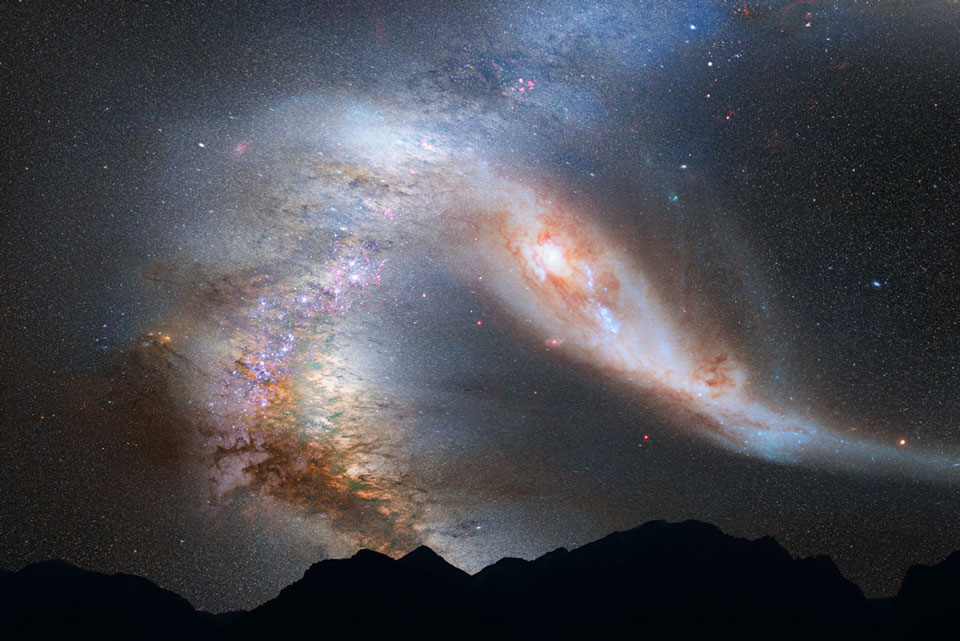Agora, penso eu, é que é de vez.
Não só deixo de escrever no blogue como o retiro da situação. Estou a referi-lo só por uma questão de educação porque ainda existe um número reduzido de pessoas que o visitam ocasionalmente. Estive fora por alguns meses devido a uma questão de saúde, e por isso e por falta de vontade, isto deixou de ter actividade.
Vou fazer, no entanto, algo antes de acabar: vou despejar - é, de facto, o termo - todas as notas não publicadas e não editadas (e são muitas). É material, totalmente, em bruto. É uma forma de ter todo esse material "arrumado" no mesmo sítio do blogue arquivado, e pode proporcionar ainda alguma leitura. Em todo o caso, é capaz do resultado ser interessante. Daí que o Notas II (não haverá um Notas III) ainda permanece por algum tempo. até essa arrumação estar concluída.
A publicação irá proceder do material mais moderno para o mais recente. Repito: material não sujeito a qualquer processo de edição.
Boas!
